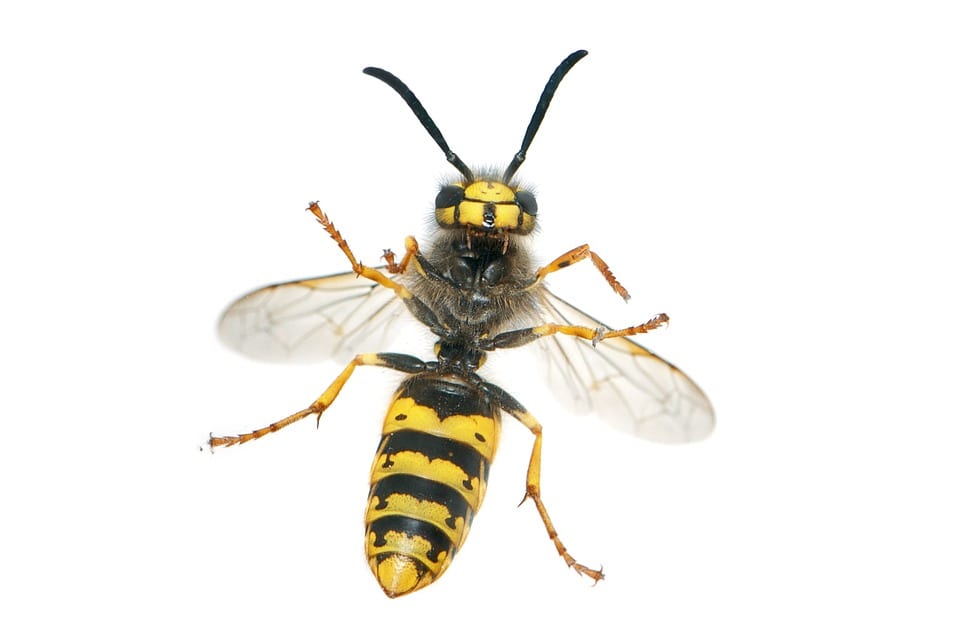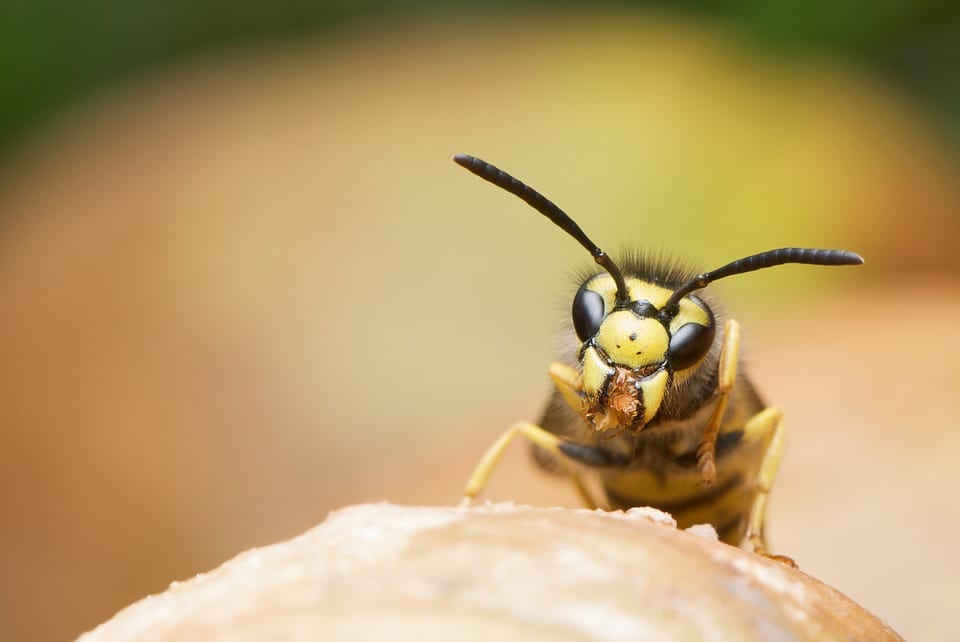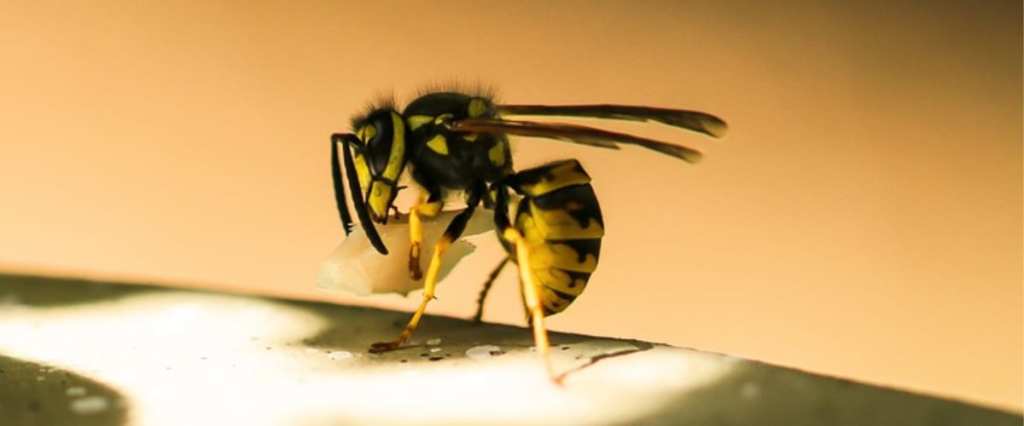I don’t know about you, but I am not a fan of wasps. I’m not a fan of anything that possesses a stinger and the ability to hurt me at its discretion (understatement), but I have come to terms with the fact that bees are both essential and make delicious honey, so they get a pass.

Image Credit: Pixabay
Wasps? They are from hell itself, and if I could, I would send every single one of them back there.
Now, a recent study out of the University of Michigan that looked at 40 wasps has concluded that they’re rather adept at using logic – which means when they come after you, they know exactly what they’re doing.
The study put each wasp into a rectangular container that featured one of five colors at each end. The colors were labeled A to E, which put them into a hierarchy for observers, who then attempted to educate the wasps on the sequence of colors. An electric shock resided under the latter letter in each pair (AB, BC, CD, DE), which was designed to teach the wasps that one color was “better” than another.

Image Credit: Pixabay
And guess what? They not only learned which color of each pair was “better” but they understood that the “better” color from one pair was also “better” than the shocking color from another pair.
When the wasps were placed in containers with the colors marked B and D and A and E, they avoided getting a shock by understanding that a color higher in the letter ranking was associated with a shock.
That kind of reasoning is known as transitive inference, or the ability to take two separate bits of information and draw conclusions based on their experiences.

Image Credit: Pixabay
The article is the first indication that invertebrates can use logical deduction, though previous studies on wasps did show that they also recognize the facial patterns in other wasps, as well.
I don’t know about you, but I’m less excited than ever for the inevitable insect takeover.






